How to build a low cost tripleband CORS base station
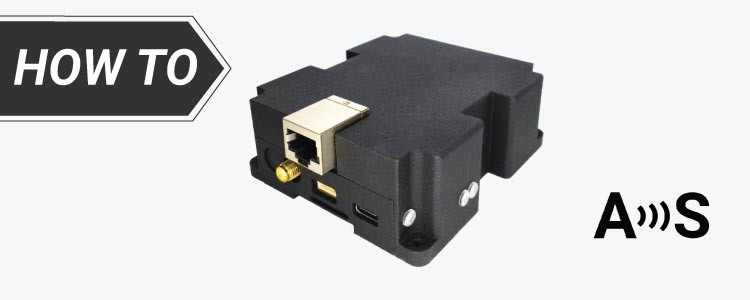

CORS is the acronym for Continuously Operating Reference Station. In other words, a base station or a network of base stations that are available 24/7 to provide correction data. You can buy off-the-shelf CORS system for 10’000$+ for every base station. And don’t forget the juicy annual fee for the management software. Or you can decide to build your own and use the saved money to go on holidays.
And this is what we are going to do today, we are going to build together and step by step a L1/L2/L5 tripleband base station connected to the internet using Ethernet. And for less than 1’000$ 🙂
Required hardware:
- simpleRTK3B Pro (we recommend the version with Headers soldered to make your life easier)
- Shield for Native Septentrio Ethernet
- Budget Tripleband antenna
- Plastic Case for simpleRTK2B/simpleRTK3B
- LED pipes for Plastic Case
- USB-C cable
- USB wall adapter to have the base station permanently powered
How to build a triple-band CORS base station?
1. Take your simpleRTK3B. You will need it with soldered headers, you can solder them yourself or let us do it for you.
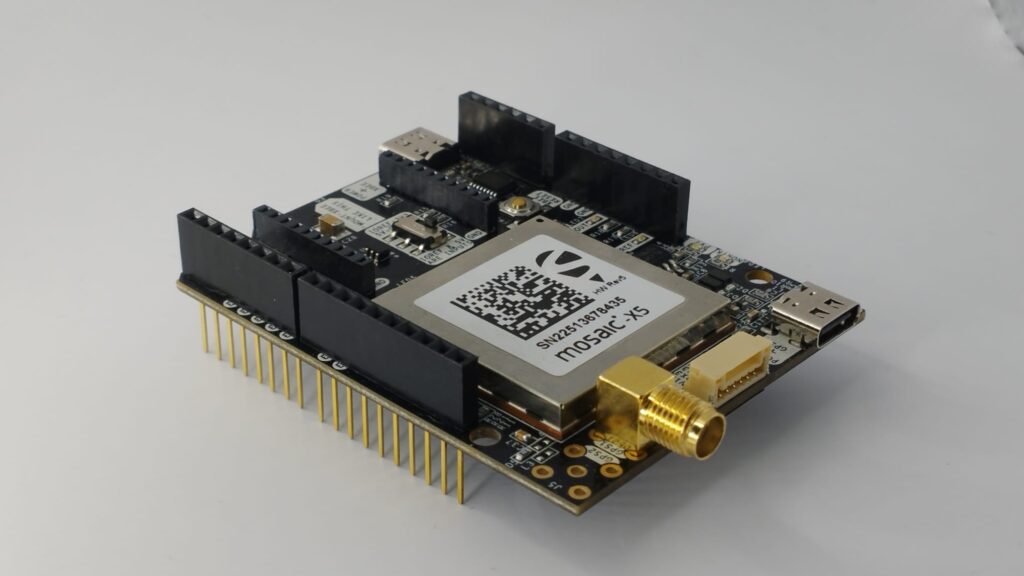
2. We need the headers fitted, so we can stack the Ethernet accessory on top. But we don’t need the bottom pins for anything, and actually we want to remove them so the board can fit into the plastic case. It’s time to take your cutting lab pliers (or desk scissors) and cut them away.
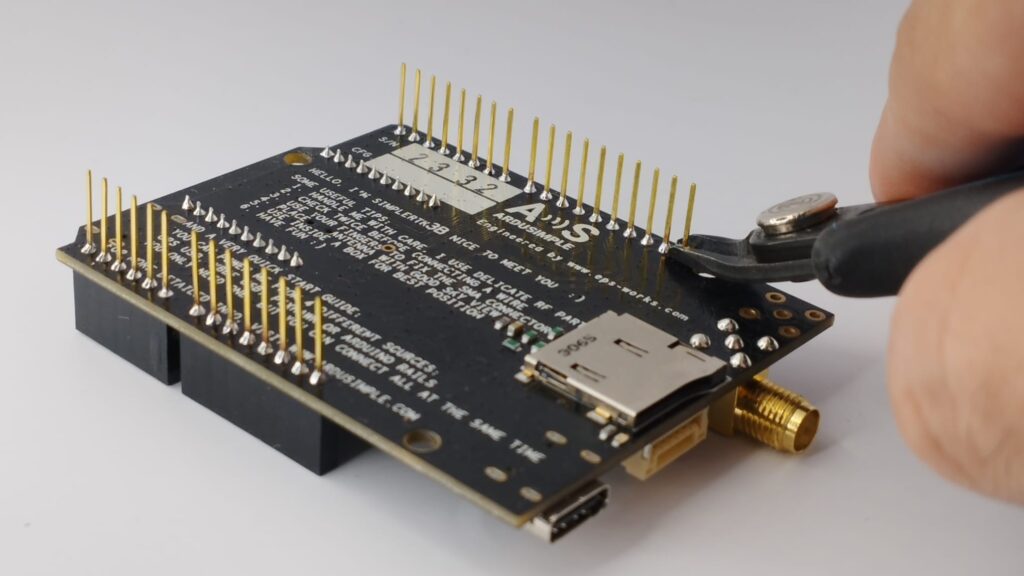
3. No worries, nothing will get damaged. Just make sure you cut them as short as possible. In the end it will look like this:
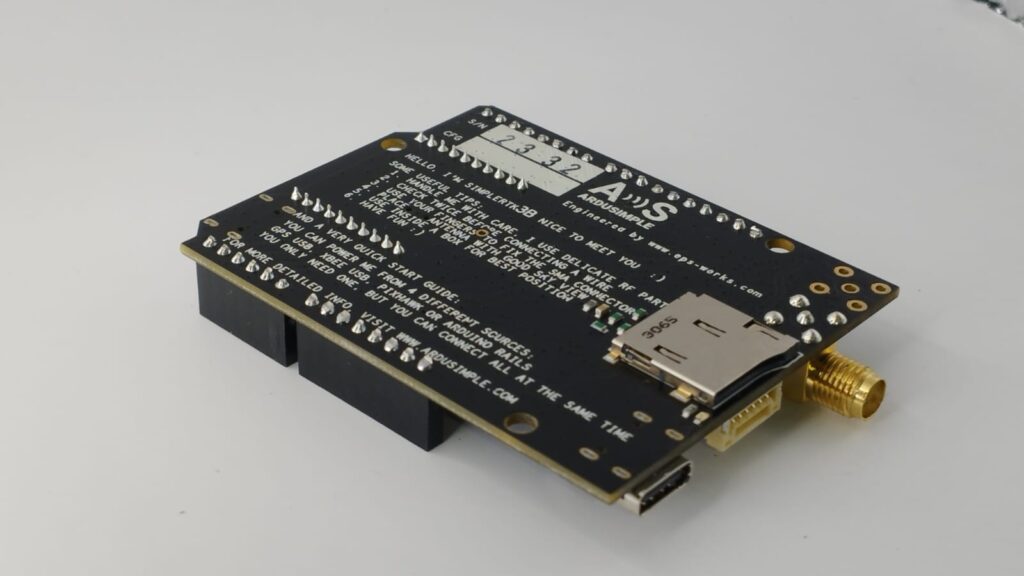
4. Now it’s time to prepare the Plastic Case. Grab it and have a look at it. Try to find the 3 pre-cut holes from the picture below:
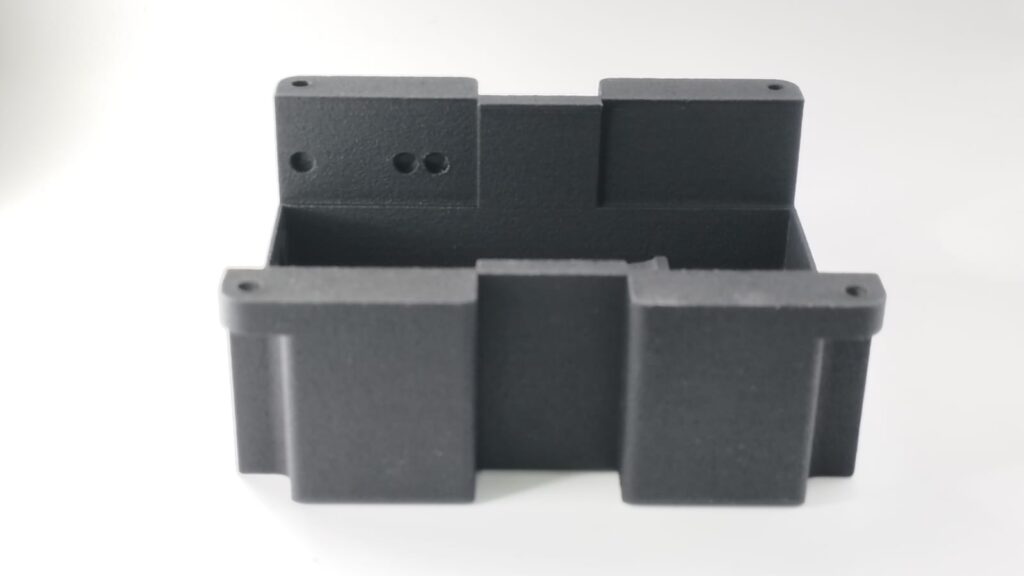
5. One you have found them from the inside, try to find them from the outside. It’s a bit subtle, but if you look carefully you will find them. Take a tool of your liking to make pressure and help them jump off. A flat screwdriver might be too sharp, for this tutorial we used a non-cutting set of lab pliers.
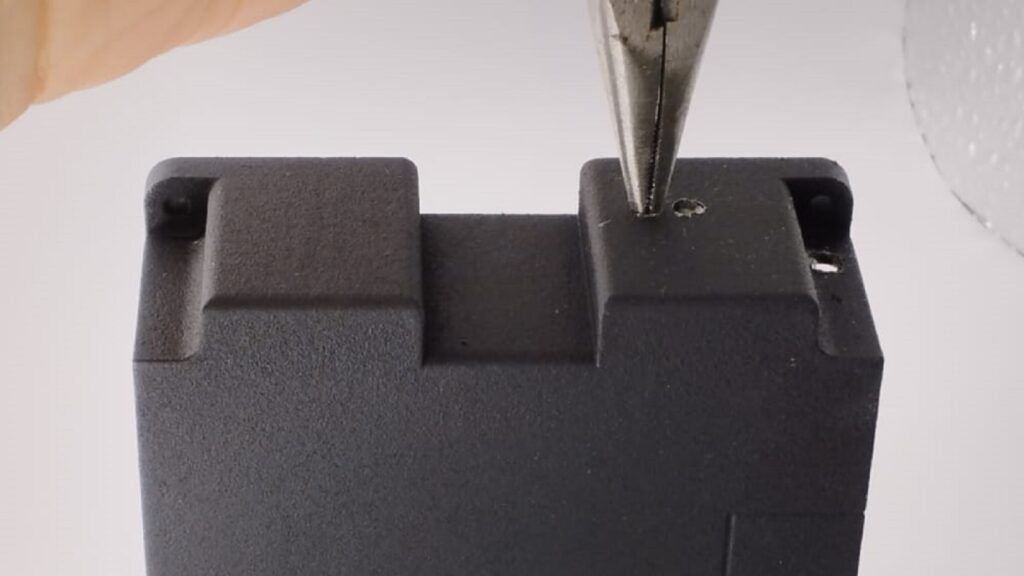
6. Next step is to cut away the pre-cut for the Ethernet connector. Due to manufacturing tolerances, some pre-cuts are easy to remove and some others a bit harder. We like to help them by following the line with a cutter. If you press a bit you will see how the pre-cut easily breaks away and gets a nice finish.
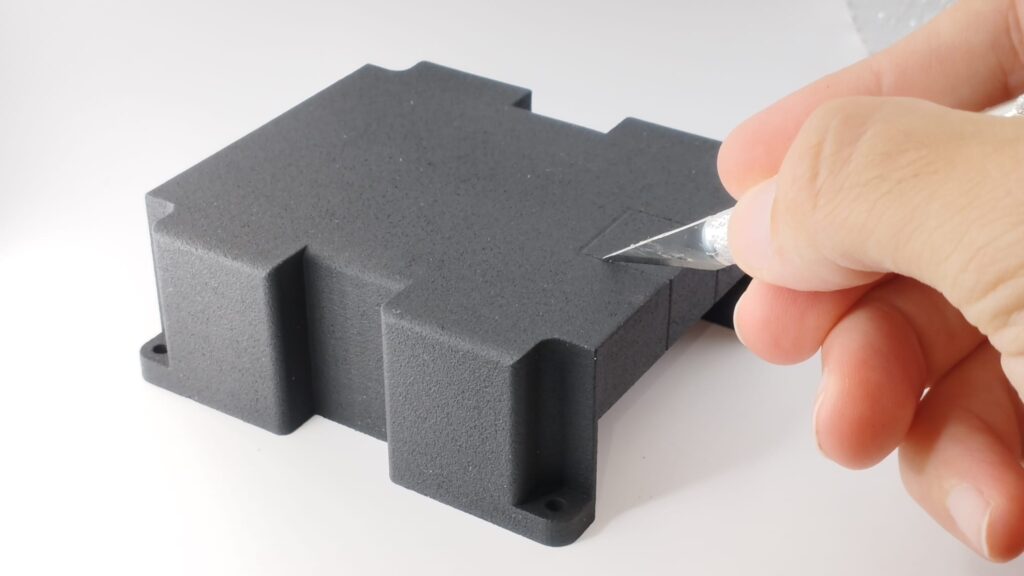
7. The box is now ready to insert the LED pipes. Using the help of the lab pliers, press the LED pipes inside the holes. If it’s still to hard, you can use a cutter to remove the rests of plastic that were left after pressing out the pre-cut holes.
Use two long LED pipes on the thick part of the plastic case and one short LED pipe on the thinner part.
When placing the LED pipes, make sure they are in this position in order to optimize light transfer: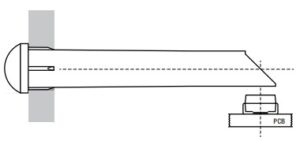
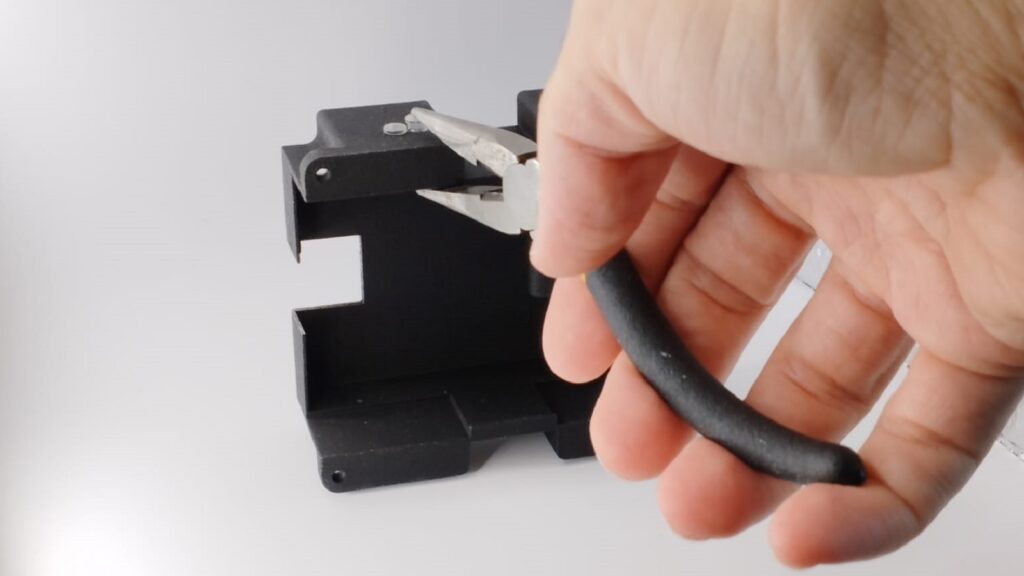
8. We are finished with using tools and it’s assembly time. Take your simpleRTK3B Pro and mount it inside the plastic case. Make sure you hear the “click” which confirms that the board is properly fitted.
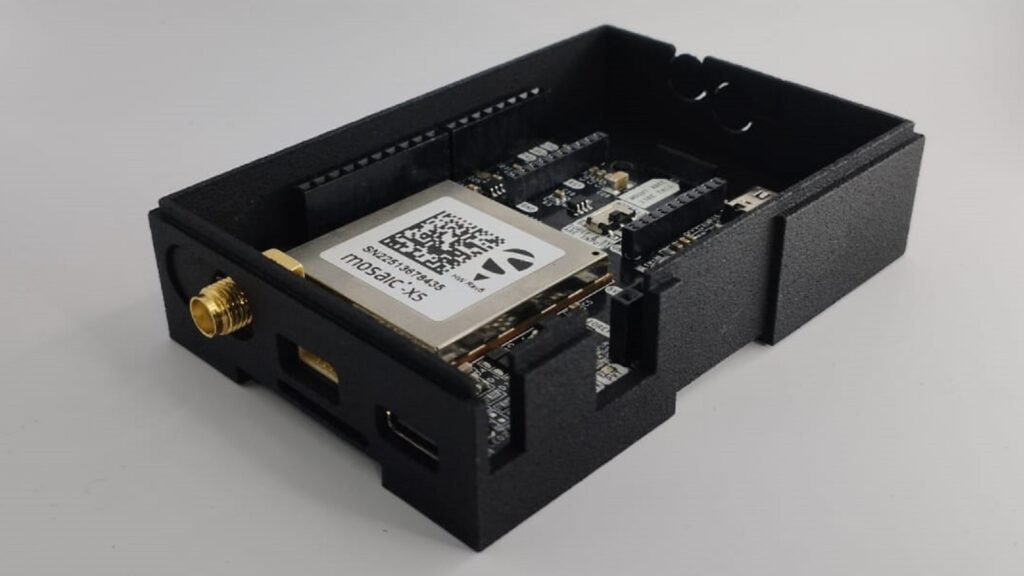
9. Following this, you can now stack the Shield for Native Ethernet.
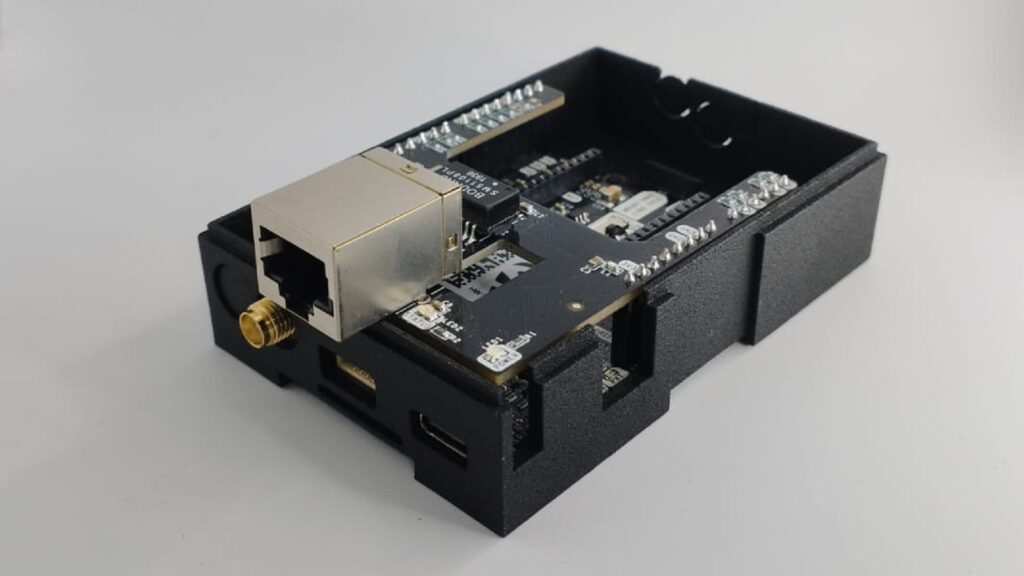
10. Finally don’t forget to move the switch towards “IOREF = 3.3V”
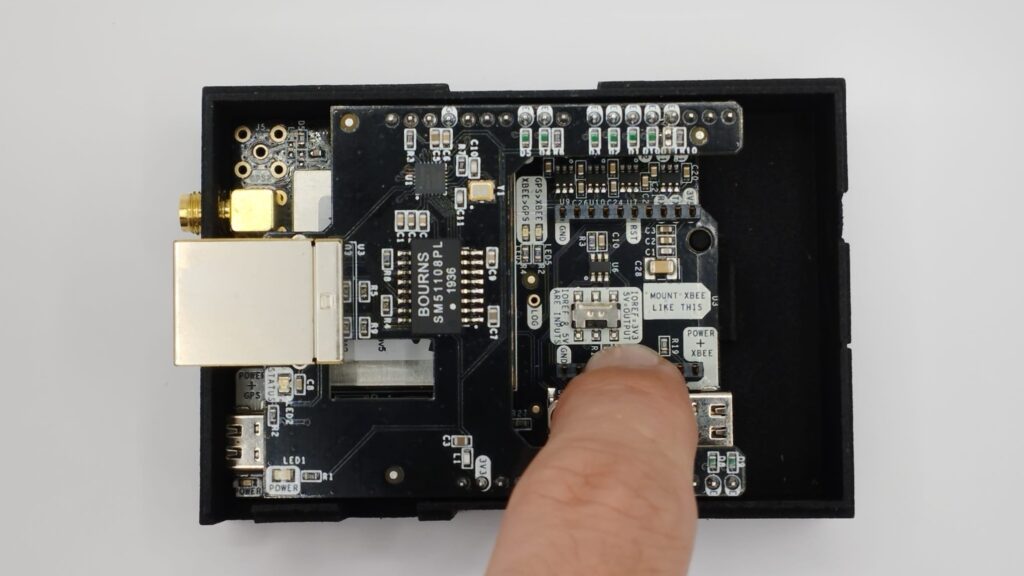
11. Time to close the box and move on to the configuration phase.
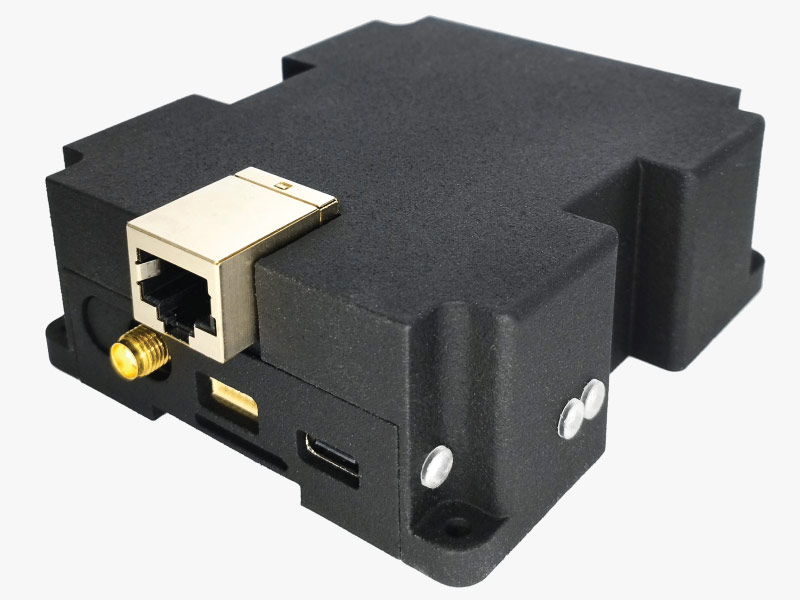
- Most internet providers allow your PC to start a request a website, and only after this request, the website can send you the content.
- But most internet providers don’t allow a random device to connect to your PC from outside your home/office.
This is done for security reasons, you don’t want hackers to access your devices. There’s free services to workaround this.
And after this brief introduction, we have a dedicated tutorial for the software configuration: How to share your triple-band Septentrio base station with RTK2go via Septentrio Native Ethernet
If you want to build a triple-band CORS station, we have all items in stock:
 and
and 


